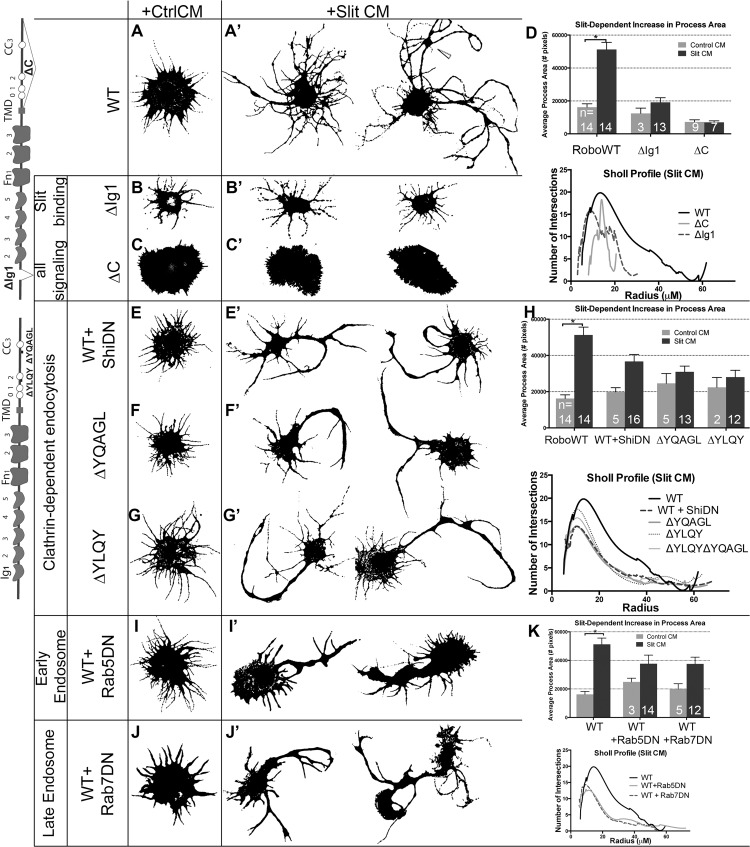Fig 3. Clathrin-dependent endocytosis from the cell surface through the early and late endosome positively regulate Robo signaling in vitro.
Morphological profiles of Drosophila embryonic cells bath treated for 10’ with Conditioned Media (CM) from cells either expressing empty vector (“Control”, A-C, E-G, I-J), or secreting Slit (A-C’, E-G’, I-J’). Cells expressing WT Robo that are treated with Control CM show a baseline level of process generation (A) that are more branched and elaborated if Slit treated, with two representative examples shown in (A’). This change is quantified as an increase in the average process area of multiple cells in the histogram, which is statistically significant by Two-way ANOVA, Sidak’s 95% Confidence Interval (n’s denoted on histogram). Error bars indicate standard error of the mean (D: n’s displayed on each bar). The Sholl analysis profile below reflects process field complexity as a function of the cells’ radii for cells treated with Slit CM (WT n = 13, ∆C n = 5, ∆Ig1 n = 8). (B) Cells that express Robo missing their Slit-binding motif (∆Ig1), do not elaborate processes in response to Slit treatment (B’), and show a smaller total process area, and a drop in the process field maximum radius in the Sholl profile (D). (C) Cells expressing Robo that lacks the ability to signal (∆C-terminus) show short processes that don’t branch or elaborate in response to Slit treatment (C’, D, E, E’). Inhibiting Clathrin-dependent endocytosis directly by cotransfection of WT Robo with DN-Shibire, the fly homolog of Dynamin, causes no change in the average process area of cells treated with Control CM but a defect in process elaboration in response to Slit treatment as compared to WT alone (A’), quantified as a decrease in the total process area in cells treated with Slit CM and a downward shift in the Sholl profile (H: ShiDN n = 13, ∆YQAGL n = 13, ∆YQAGL n = 12, ∆YLQY∆YQAGL n = 10). (F, G) Cells expressing Robo carrying deletions of either of two motifs predicted to be required for binding to AP-2, the Clathrin-adaptor complex expressed on the surface of cells, look similar to cells in (E’). (I, J) Inhibiting entry into the early (I’), or late (J’) endosome by co-expression of DN-Rab5, or DN-Rab7, respectively, with WT Robo causes a decrease in total process area, and a downward shift in the Sholl profile (K: Rab5DN n = 14, Rab7DN n = 13). See also S2 Fig.

